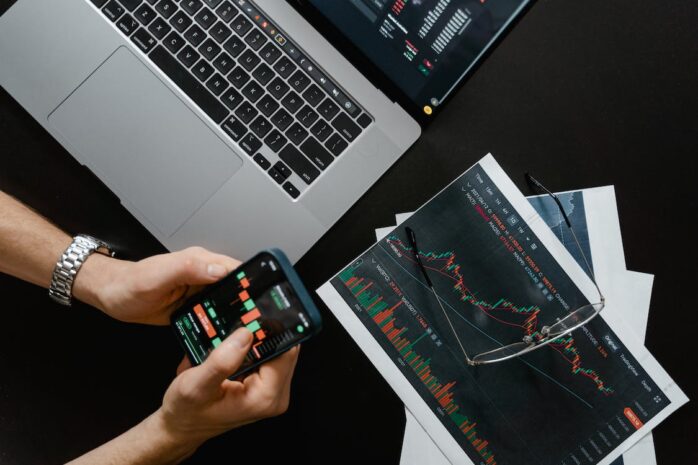As many advantages as cryptocurrencies may have, one downside is that criminals of various sorts may attempt to misuse them for money laundering purposes. The reason behind it is that most cryptocurrencies tend to have some anonymity by design, meaning they lend themselves perfectly to those that don’t have the best intentions at heart.
Today, we will discuss the importance of AML regulations and outline the warning signs that you may be dealing with illegal activity.
The fight against money laundering

Although certain crypto exchanges are well aware of the KYC meaning and its importance in preventing criminal activity, there are many that don’t enforce it, thus giving criminals a convenient way to move and conceal funds of illegitimate origin. At some point, British police managed to seize $250 million worth of crypto funds as part of one of the largest crypto seizures in history, which testifies to the extent of global crypto money laundering.
In light of these threats, those who operate a crypto exchange are required to comply with AML standards in most first-world regions, lest they may be facing fines or even imprisonment at some point down the line. In other words, the law requires them to do their part in the fight against money laundering. To stand a chance, being on the lookout for the following red flags is recommended:
1. Suspicious behavioral patterns

If the customer is using a suspicious-looking address or one that doesn’t match up with their nationality, it can be a reason for concern. Furthermore, be on the lookout for individual IP addresses that you’ve linked with multiple wallets. At the same time, if the same person tries to connect to the platform using multiple IP addresses, perhaps there is a reason for attempting to do so.
2. High-value transactions
Although not every high-value transaction should be condemned as fraudulent, you should be worried if you’ve noticed other red flags that go along with it. This is especially true if there are several high-value transactions that can be traced back to a single user and if that individual is trying to conceal their true identity by using a proxy or VPN.
3. Problematic regions

Since certain countries have weaker anti-money laundering laws than others, you should be on the lookout for IP addresses that appear to be coming from one of these places. This is also the case if the recipient of the funds lives in one of these regions.
According to cryptocurrency news, if you’re in the crypto industry, you need to be on the lookout for red flags that could indicate money laundering. Some of these red flags include large or sudden inflows of cash, transactions that don’t make sense, and attempts to conceal ownership or location. If you see any of these red flags, it’s important to report it so that authorities can investigate.
4. Questionable source of funds
If the customer tries to connect multiple credit cards to their account, there is a legitimate possibility that some of them may be stolen. In case they are trying to pump a sizable chunk of funds into privacy-oriented crypto coins, there is reason to believe the funds may have been obtained from illegitimate sources such as illegal casino operations, ransomware, darknets, or fraud.
To conclude
If you’ve noticed one or more of the red flags listed above, you may be dealing with a case of money laundering. Therefore, make sure to take the steps necessary to stay compliant with KYC and AML regulations and be a part of the solution rather than the problem.



















